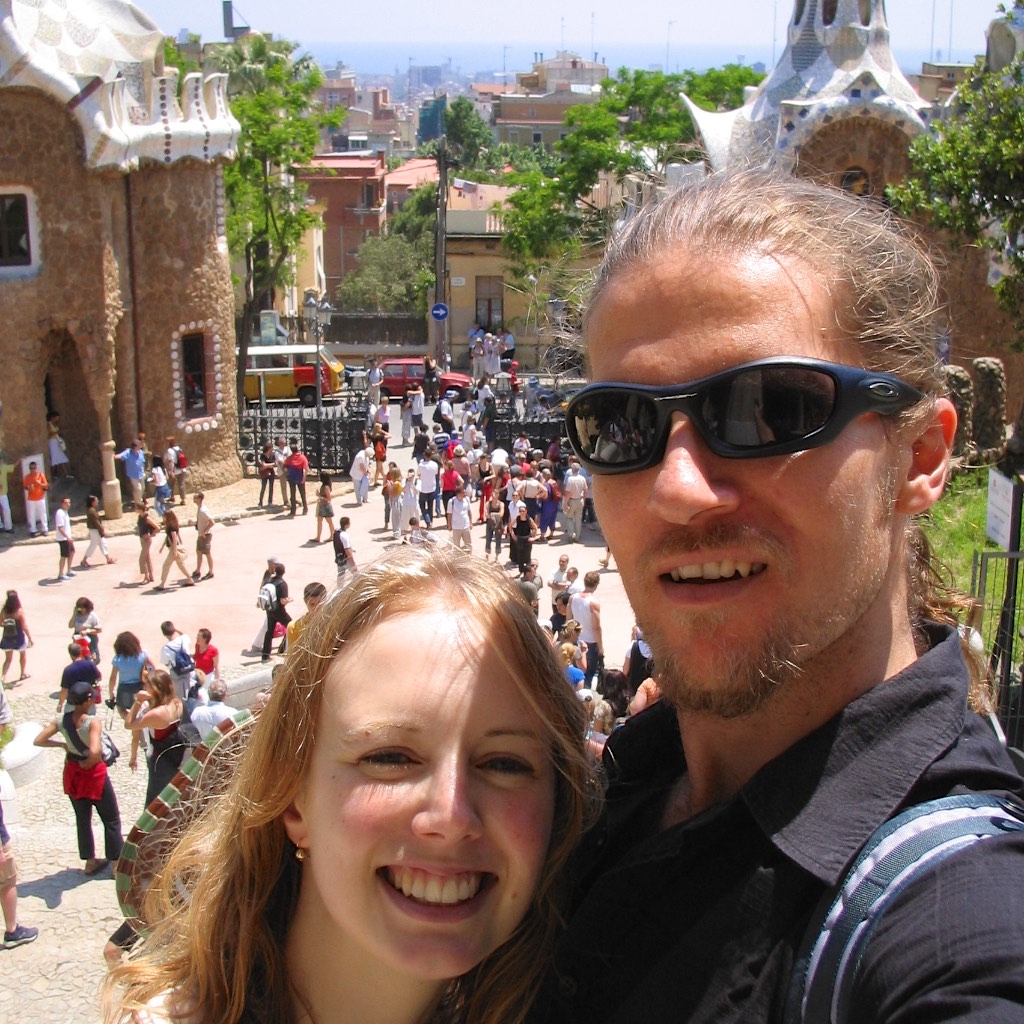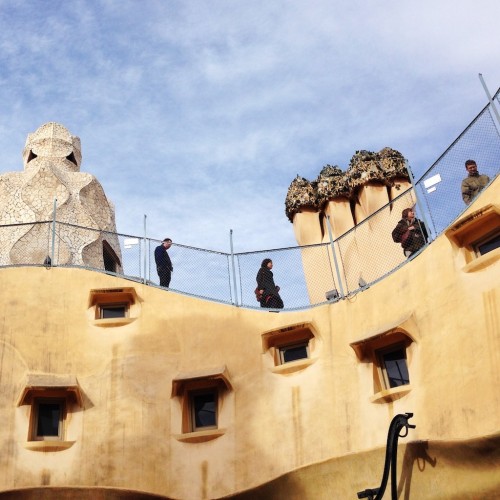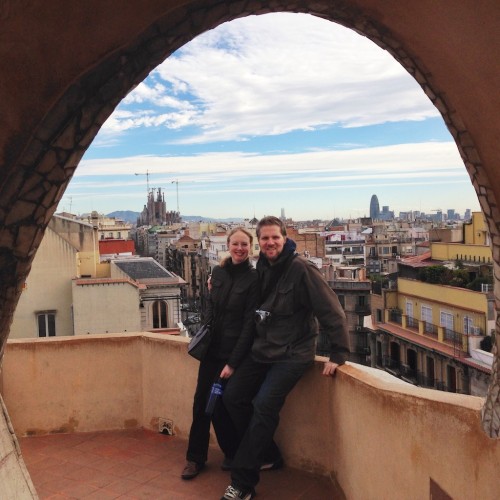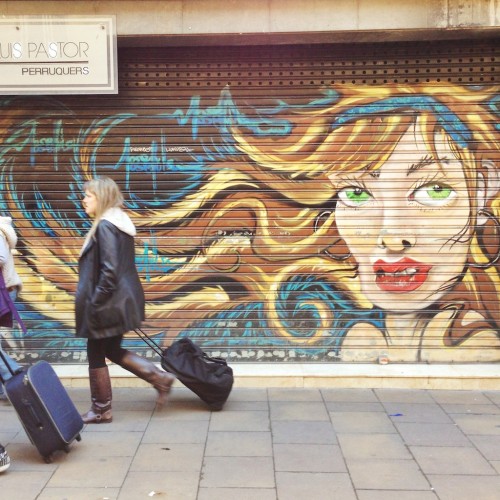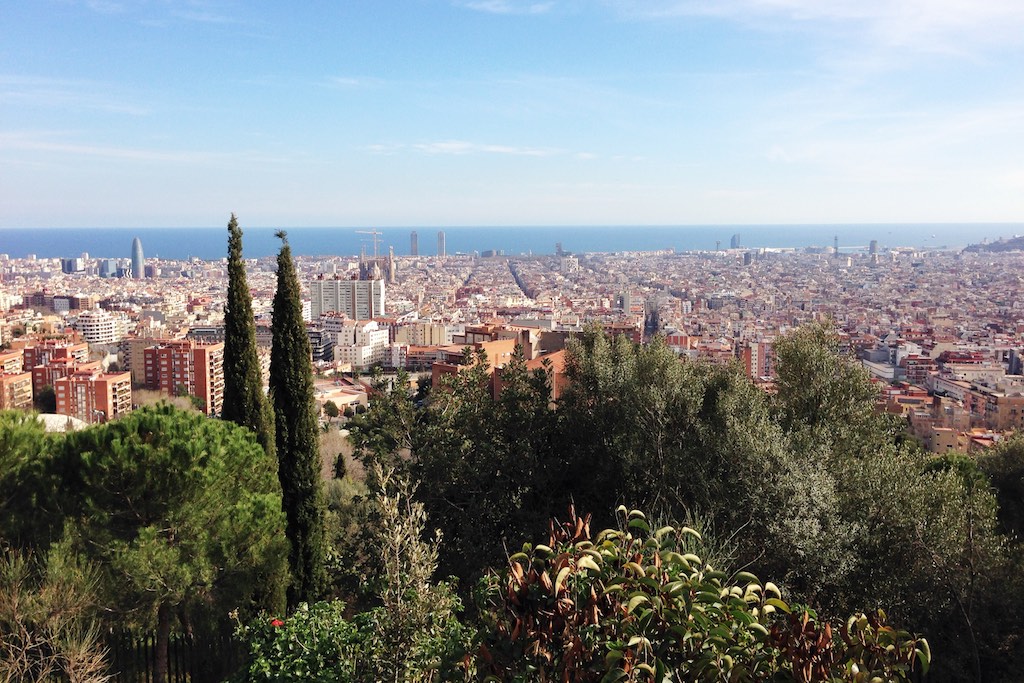
Barcelona, what has changed?
Back in 2004 Barcelona was the first European city break Sarah and me took as a couple. It was suiting then that we went back ten years later to experience the city again and to see what has changed.
My brother was in town for the Mobile World Conference (MWC) and we hooked up with him just as it drew to an end. March-time is still relatively cold in Barcelona, but this vibrant and sunny city next to the Mediterranean is always great to visit, regardless the time of year.
So, what have changed in 10 years?
Less pickpockets. In 2004 Barcelona had a bit of a reputation for pickpocketing and everyone I knew at the time that’s been, had a story to tell. I distinctly remember having to be always on your guard when walking around the old city. I even just narrowly avoided being robbed of my wallet on La Rambla. This time it was different. The city has definitely cleaned up her act.
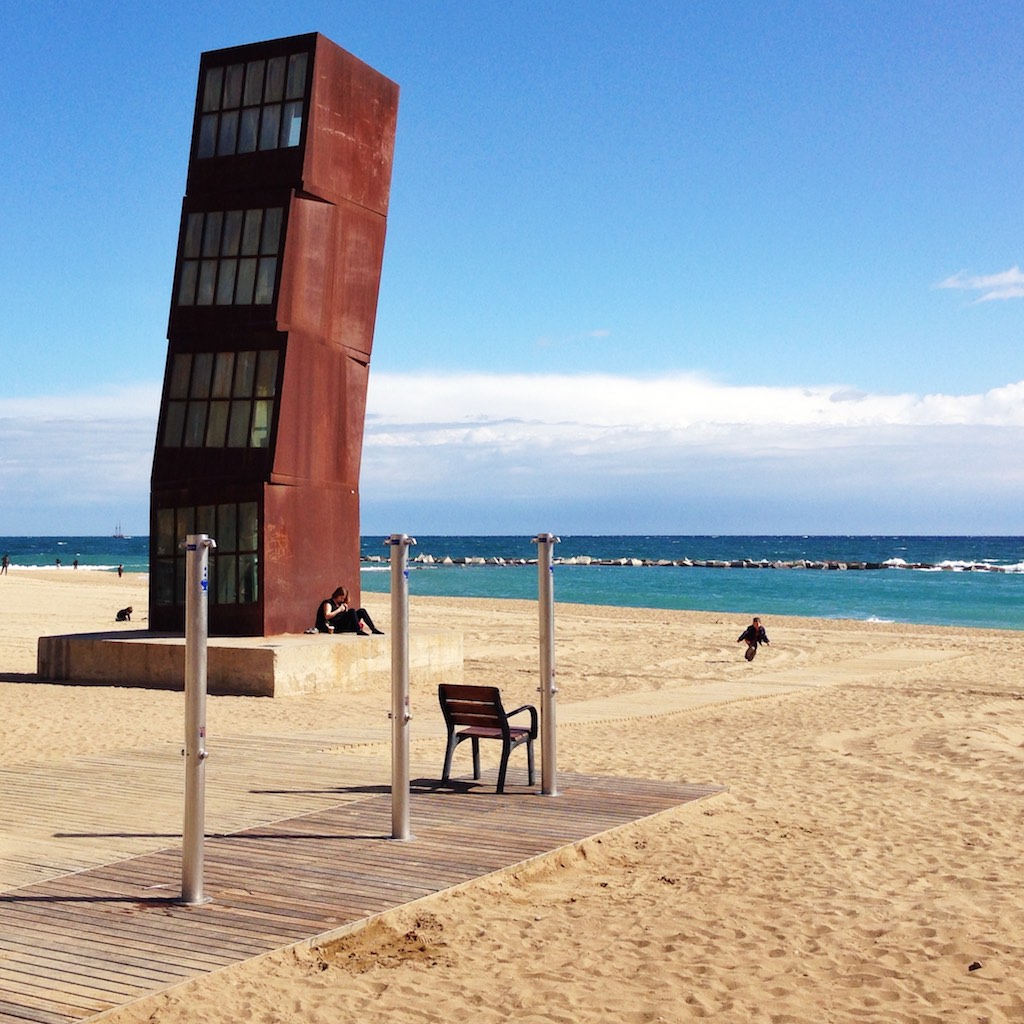
More tourists. A lot more and local artist Eduardo Chibas even made a movie about it! For example Parc Güell used to be free in 2004, but now charge a hefty fee (you won’t see much change from 8 Euros). There are also more chain shops than before. Perhaps it’s just part and parcel of the globalised times we’re living in, but if the big European cities are homogenising more and more over the years, we shouldn’t expect a place like Barcelona not to follow this pattern.
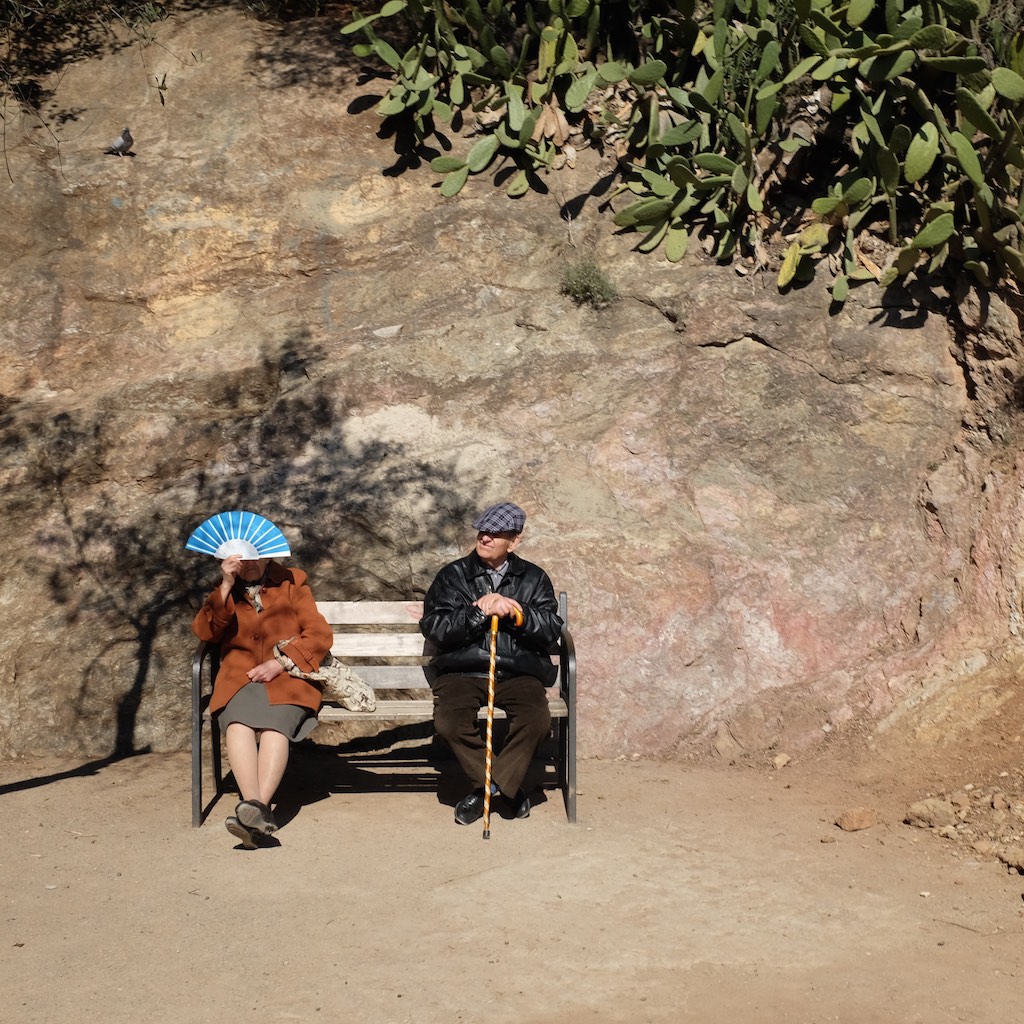
Regeneration. Ten years ago one only had to wander off La Rambla a couple of streets for the neighbourhoods to start looking run-down. There are still loads of small independent shops though, and wandering through the old town remains a journey of discovery. Outside the old town these days there’s a more upmarket feel to the city. The edgier side is still there, but it’s also a lot more trendy. We stayed in a quieter neighbourhood outside the usual tourist spots. I wouldn’t 10 years ago have considered these areas, but we stayed at Europark Hotel in the Eixample neighbourhood (you can also read our detailed review on TripAdvisor).
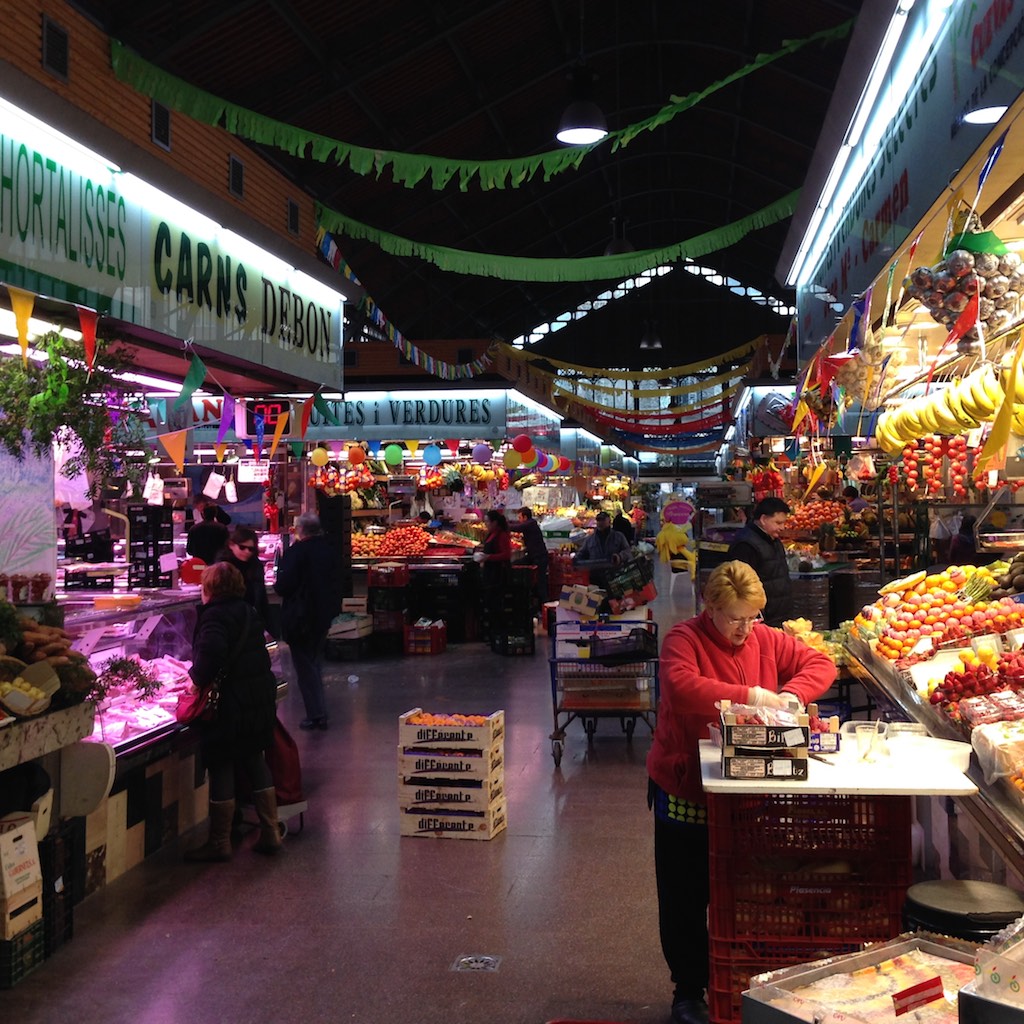
Olympic Legacy. The Barcelona Olympic Games was a huge success and in particular the legacy left in the Olympic Park. It might’ve been in the immediate decades after the Games, but The Olympic park is looking a lot more rundown than 10 years ago.
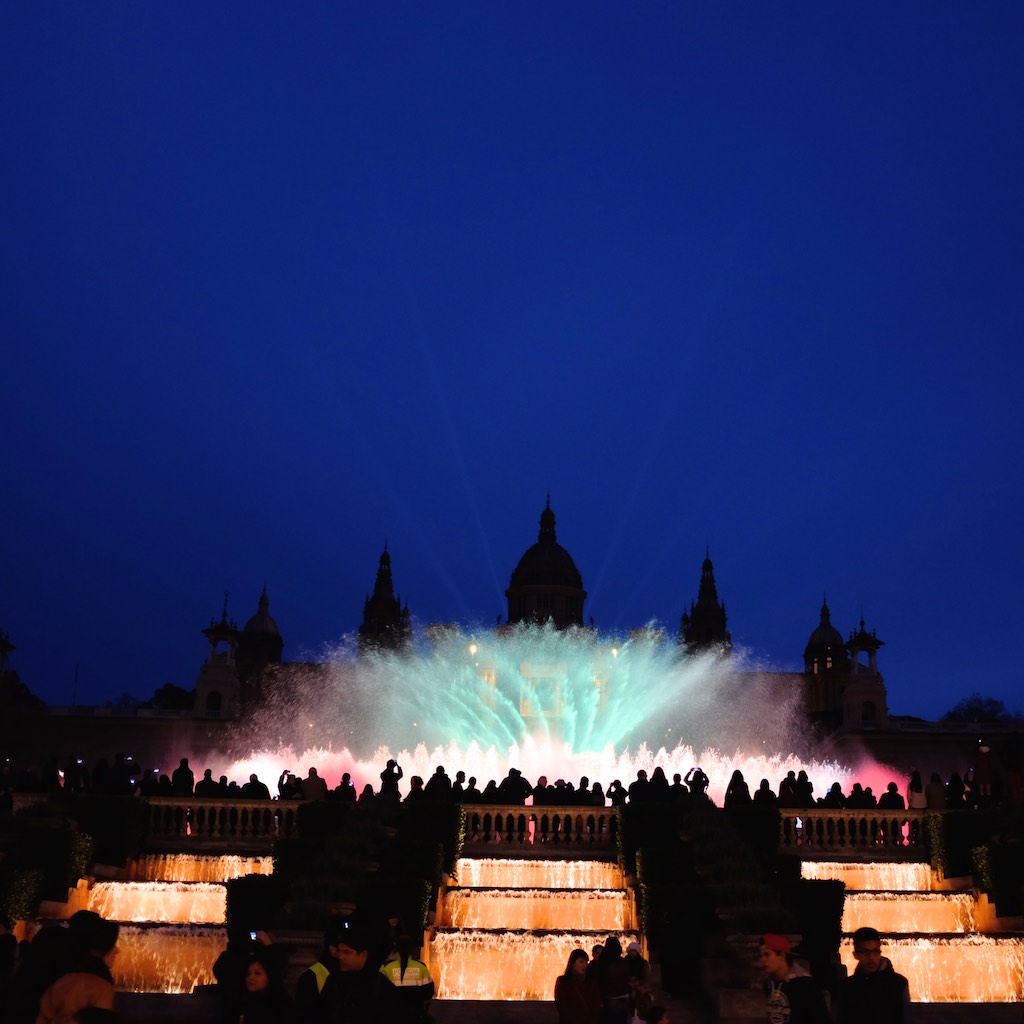
And yes, they’re still building on Sagrada Familia. Ten years ago the inside of the cathedral was just a building site, but now we could see it taking form and it is more and more revealing Gaudi’s vision. As work continues on Gaudi’s masterpiece, I also noticed that repair work to the older parts of the construction are now just as evident as building the newer components of the cathedral.
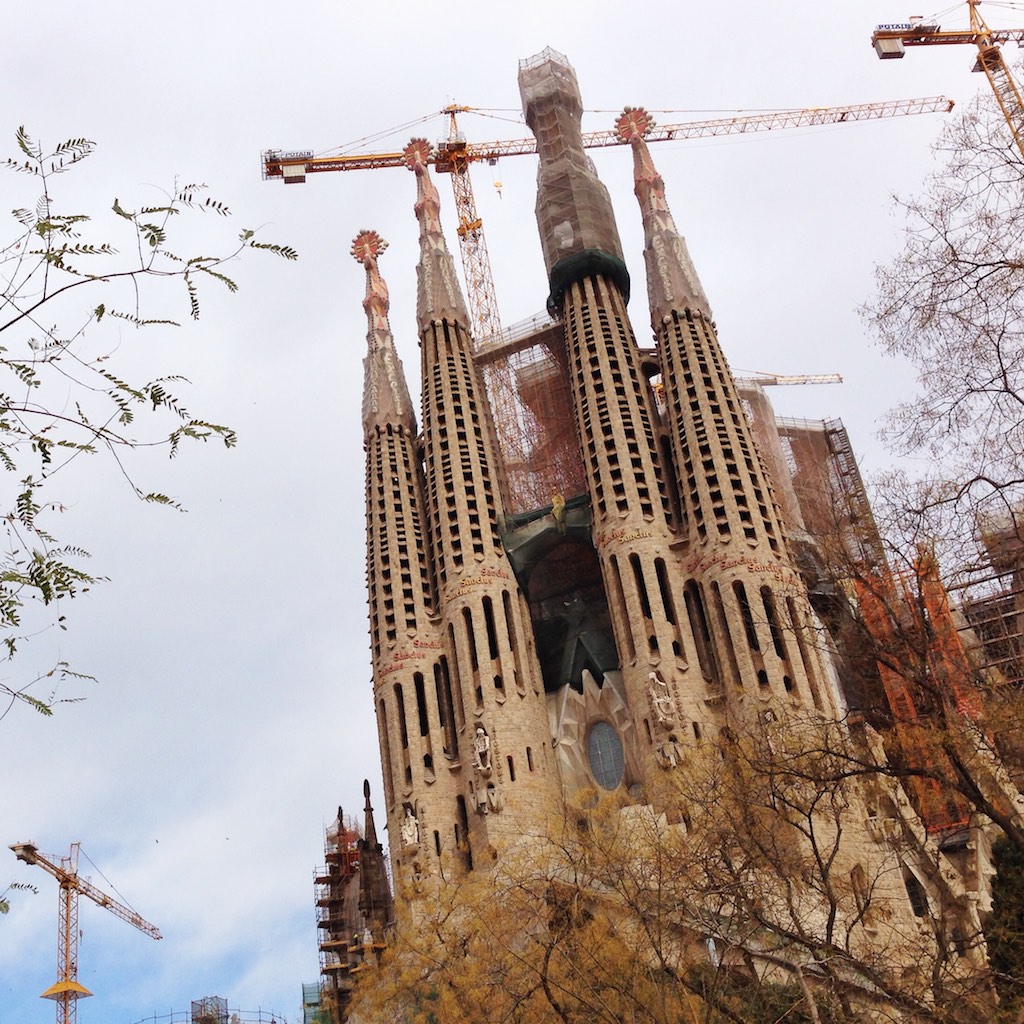
So, what have changed? A lot actually. The same attractions are still pulling in visitors (in greater numbers even), but around them the city has become much trendier. And busier – even in the shoulder season. I missed the ‘edgier’ parts of town and where Anarchistas used to hang out and plot against governments, coffee shops now sprawl into the public spaces and hipsters have tattoo parlours. I tend to agree with the locals in Chibas’ film bemoaning the tourist invasion, but this is not a problem faced by Barcelona alone. I’ve noticed this phenomenon more and more and in an increasing number of European cities. Romantics might have us think that travelling used to be a subculture of a small wandering handful, but in Europe I think it’s always been an activity of the masses. It’s just that these days, like so many other industries, it has become overpopulated to such an extent that locals feel vastly outnumbered – if not overrun.
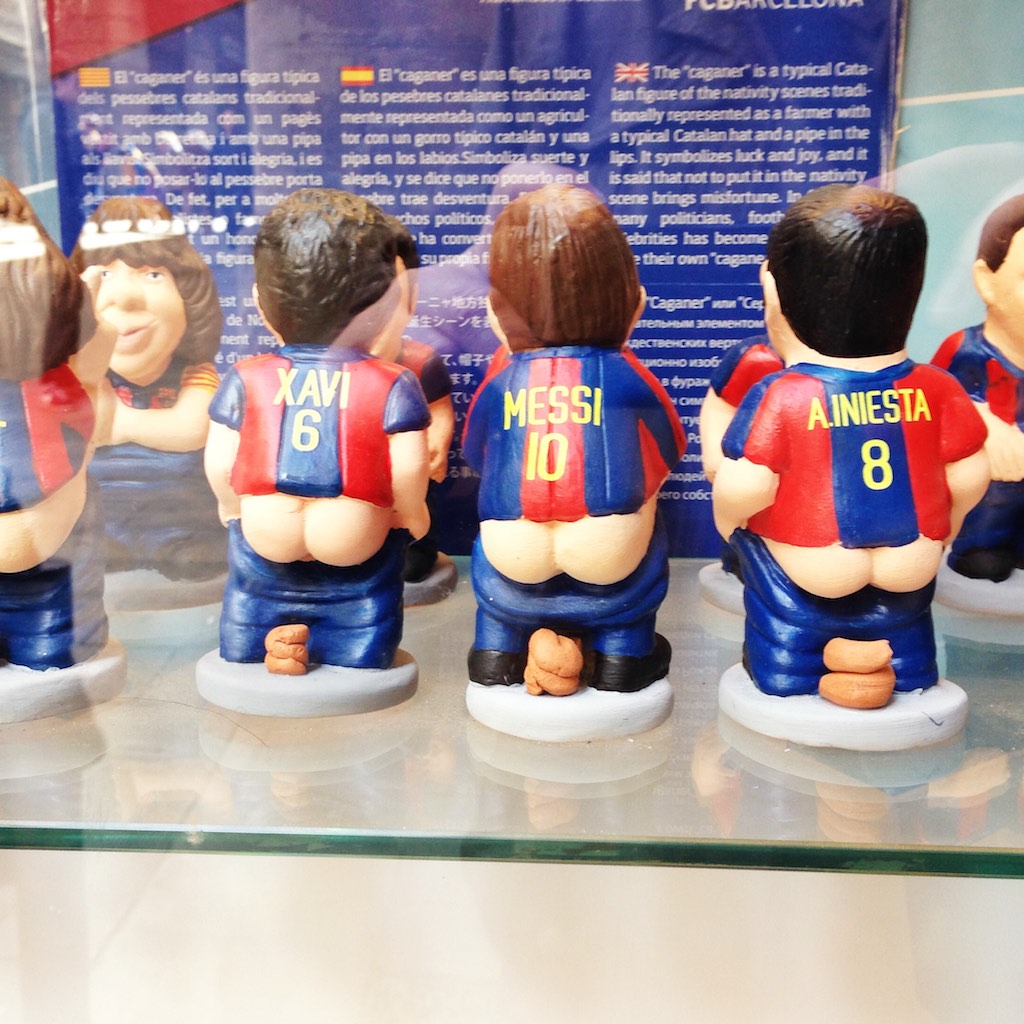
Ps. Blast from the past…
